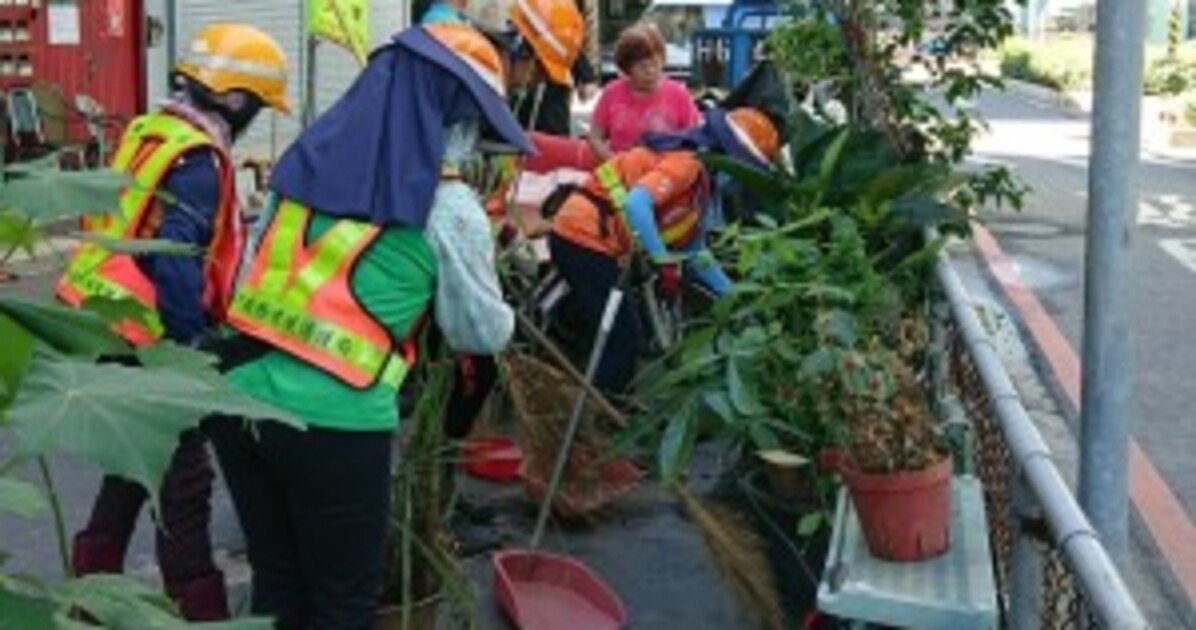Published: August 10, 2025
With chikungunya cases worldwide surpassing 250,000 last year, Taoyuan City is stepping up prevention measures after confirming four imported cases in 2025. The mosquito-borne virus, which has no available vaccine or specific treatment, is spreading rapidly in parts of the Americas, Asia, Europe, and Africa.
To combat the threat, the Taoyuan City Environmental Protection Bureau and the Department of Health organized a large-scale Environmental Cleanup Day. The campaign mobilized 394 volunteer teams—totaling 22,375 participants—who cleared around 1,900 containers of stagnant water and removed 61 metric tons of waste, aiming to cut off mosquito breeding sources and reduce disease transmission risk.
Community Participation in Longtan District
The Longyuan Palace business district in Longtan District was the first to take action, working alongside the township office, local health center, Longyuan Palace, the business district development association, and environmental volunteers. Teams carried out thorough inspections and cleanups in residential areas, targeting hidden breeding grounds for mosquitoes.
Preventive Measures: Patrol, Empty, Clean, and Brush
Health officials stress that both chikungunya and dengue fever are transmitted by mosquitoes, and prevention relies heavily on environmental management. The recommended approach is to patrol for potential breeding sites, empty standing water, clean surroundings, and brush container surfaces to eliminate mosquito eggs.
High-Risk Areas Under Watch
The Environmental Protection Bureau noted that frequent typhoons and afternoon storms in recent weeks have created more waterlogged spots ideal for mosquito breeding. Since July, environmental volunteer teams across all 12 districts have been inspecting and clearing high-risk locations, including vacant lots, unused buildings, flowerpot trays, plastic containers, and discarded tires.
Global Outbreak Trends
According to the Centers for Disease Control, the outbreak is most severe in the Americas, with rising case numbers in India and Guangdong, China. Imported cases have been reported in Macau and Hong Kong, while several countries in Europe and Africa have seen local transmission. Symptoms generally appear two to 12 days after infection and include fever, headaches, muscle aches, joint swelling, and rashes.
Travel Precautions
As the peak travel season continues, residents are advised to check epidemic alerts before traveling abroad. When visiting affected areas, wear light-colored long-sleeved clothing, and use mosquito repellents containing DEET, picaridin, or IR3535. Those returning from outbreak zones—or who have been in contact with suspected cases—should monitor their health for 14 days and seek immediate medical attention if symptoms occur, while informing doctors of their travel history.



